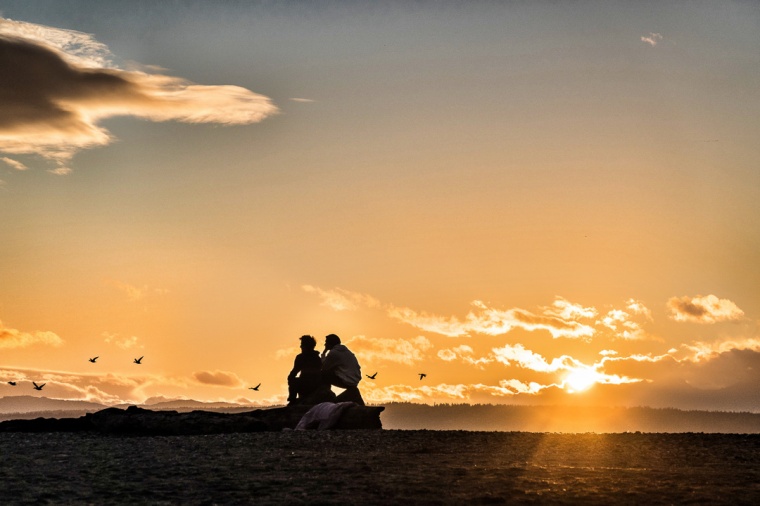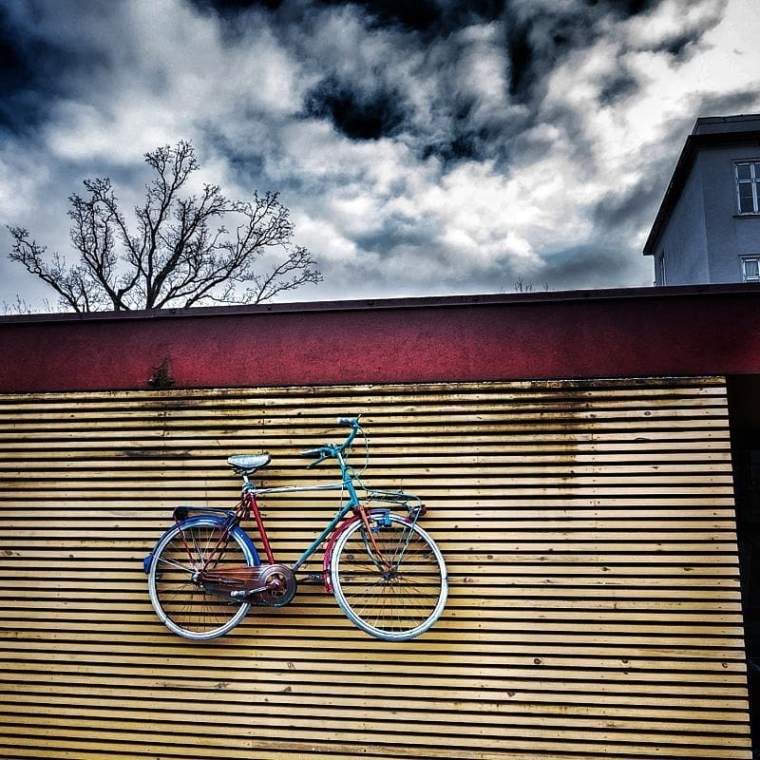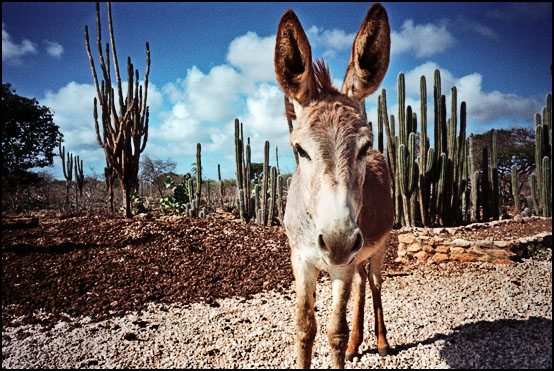As creative people we need to learn to listen. That’s the way we get in touch with the creative well, or the universe of ideas, or our inspired self. Listening is essential in the creative process. Listening opens the door to getting in flow, a central element in the creative process.
When listening there is only now. In Buddhist practice, a bell is rung as part of the ritual. The sound instantly pulls the participants into the present moment. It’s a small reminder to wake up.
As in the good conversation, the one with the ability to listen will learn, while the one who only talks will inevitably continue to repeat himself.
If you are to draw impulses from the creative well you must become more open and receptive. You must listen. Creating is closely linked to the ability to listen. Listening to our unconscious mind, or listening to the muses, or listening to the creative power of the universe of which we are a part, or listening to our inner voice—whatever you prefer to call it.
We do not create in a vacuum or out of our little selves. We create in an exchange with something greater than ourselves. By listening to what always flows through us like an underground river of creativity, we are able to form works of art that express a deeper truth or communicate a universal, human experience. It doesn’t matter if we photograph, write, dance, act, paint, sculpture or express ourselves through other types of media. By listening, we create with an unknown strength as if we are mediators of a creative force stronger than ourselves.
In The Artist’s Way, Julia Cameron writes: “Art is not about inventing. It’s about the opposite – getting something down. The directions are important here.”
If we try to think something out, we strive for something just beyond our reach, “up there, in the stratosphere, where art lives,” as Cameron writes. This “up there” is indeed difficult to reach when we try with compulsion. If, on the other hand, we let it fall down by itself, just listening for it, there is no load attached to the process. We don’t do anything, we get. Something outside of our awareness of what is me. Instead of trying to invent, we become engaged in listening and taking it down.
The master Michelangelo is said to have stated that he freed David from the block of marble he found him in. Or as Jackson Pollack put it: “The painting has a life of its own. I try to let it show.” If you have experienced being in flow, you know the feeling that what you are creating already exists in its entirety. Our job when we create is to listen for this, see it with eyes turned inward and write it down, photograph it, paint it, sculpture it.
While the eyes and mouth can be sealed, an ear has no lid, nothing to close. It takes in what surrounds it. It receives but can’t transmit. The ear is simply present to the world.
When we hear, sounds enter the ear autonomously. Often we’re not aware of all the individual sounds and their full range. Listening is paying attention to those sounds, being present with them, being in communion with them. Though, to say that we listen with the ears, or the mind, might be a misconception. We listen with the whole body, our whole self.
Many of us experience life as if we’re taking it in through a pair of headphones. We strip away the full register. We hear information, but don’t detect the subtler vibration of feeling in the body, we don’t listen to the inner river of creativity.
When you practice listening with the whole self, we expand the scope of your consciousness to include vast amounts of information otherwise missed, and discover more material to feed your art habit. If it’s music you’re listening to, consider closing your eyes. You may find yourself lost in the experience. When the piece ends, you might be surprised by where you find yourself. You’ve been transported to another place. The place where music lives.
Lose yourself in the listening. Lose control and be nothing but receptive. Listening is the way to experiences your creative well of unknown ideas.
Would you like to get motivating thoughts related to the act of photographing? Every once a month I write Sideways—nuggets of inspiration on photography. Sign up to receive Sideways in your email.
Photo Workshops and Tours in 2023
These are the photo workshops I and Blue Hour Photo Workshops plan for this year.
“The Personal Expression”—a weekend in Bergen, Norway with focus on how to develop your personal, photographic expression. June 9th to 11th 2023.
”Along the Streets of Prague”—five days in the beautiful city of Prague, The Czech Republic. This is a jewel in the middle of Europe with its historical, cultural and human melting pot. September 7th to 10th 2023.
”Photo Tour in Granada”—a week in Nicaragua for the adventures. We will explore the colonial city and its extraordinary countryside. October 23rd to 31st 2023.
”On the Tracks of Che Guevara”—ten days in eastern Bolivia. This is a great opportunity to discover one of the most beautiful countries in South America. October 23rd to 31st 2023.
Are you interested in developing your photographic skills? Do you like to travel? Do you want to make your photos tell a story in a much stronger vocabulary? Find your own expression? Develop your vision and become more creative? Any of these workshops would take your photography to the next level. I promise you, you will be in for an amazing experience. Click any of the links for more info.











